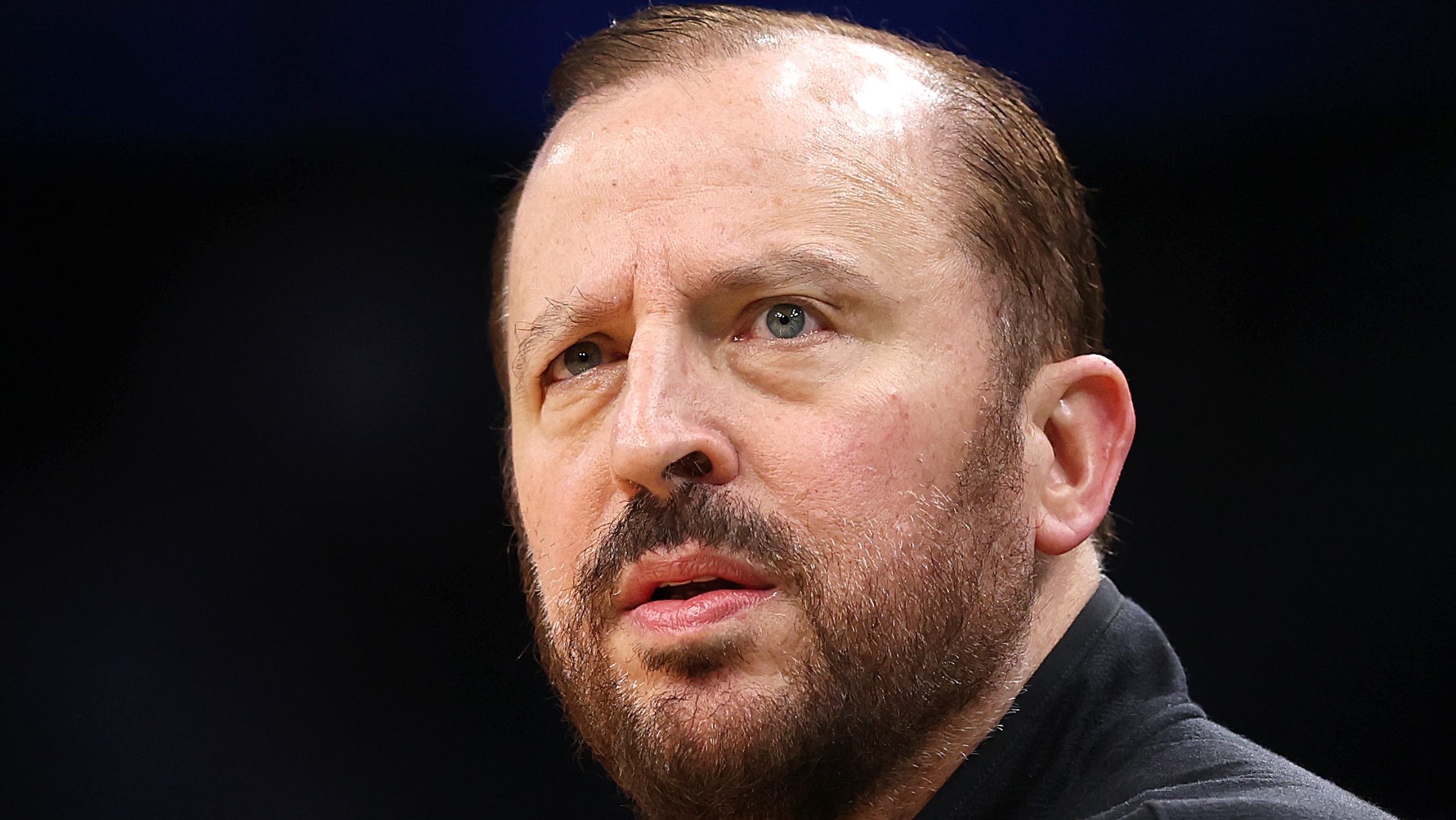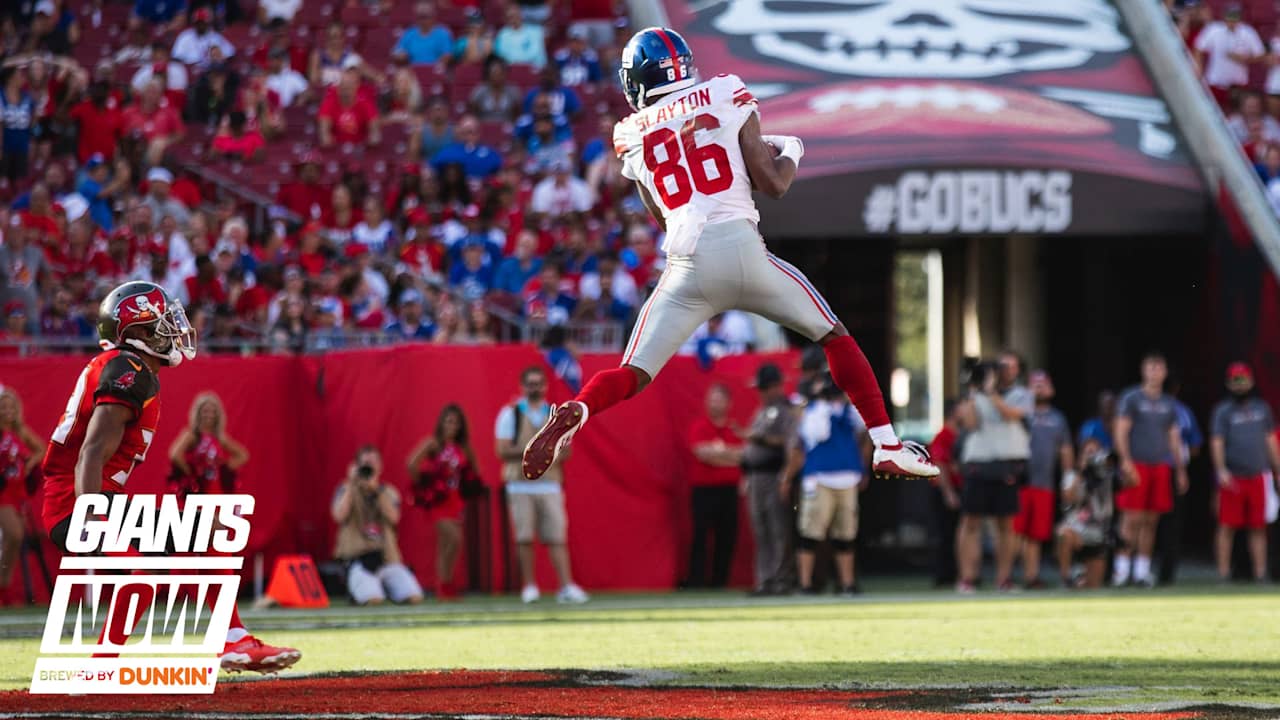Basketball
Knicks storylines: Julius Randle’s fit, Jalen Brunson’s role offensively and more

Whatever happens this season, there is no doubt that one of the NBA’s most interesting situations resides in the Big Apple.
The New York Knicks will either be contenders for the first time in years or, for whatever reason, they will fail to meet expectations. They employ a roster with stars, versatile defenders, a respected coach and a revamped culture that demands maniacal competitiveness.
That combination is ripe for can’t-miss storylines. So let’s run through the 10 I am most looking forward to following during the upcoming season.
Part 2 of this story will run next week. Here is Part 1:
Too many people have perpetuated a misinformed idea this offseason: That the Knicks were better after Randle got hurt in 2023-24.
That wasn’t true.
They won 63 percent of the games Randle played. They won 58 percent of the ones he didn’t. The story supposedly goes that the offense flowed better without the three-time All-Star, that ball movement thrived and that cutting prevailed. But while the Knicks did change their style, it didn’t necessarily lead to more dominant results. The offense was still 5.8 points per 100 possessions better when Randle was on the court last season, according to Cleaning the Glass.
There are tidbits of the attack the Knicks implemented after Randle went down for the season with a dislocated shoulder that they could blend into 2024-25 when he expects to be healthy once again. But the reality is that the Knicks are better with their two-time All-NBA forward.
They needed a secondary shot creator in the playoffs when they eventually fell to the Indiana Pacers in the conference semifinals. Too much of the scoring burden fell on Jalen Brunson during that time. He finished 35 percent of New York’s possessions with a shot, turnover or drawn foul during the postseason, an untenable rate.
The Knicks offense works best when dribblers can get to the middle, then either attack the rim or create stand-still 3-pointers from there. Randle’s brute style gives them a unique way to execute that. He was a key contributor to their 12-2 run that immediately followed the acquisition of OG Anunoby when they churned out beautiful basketball.
But the public narrative about Randle didn’t come out of nowhere. He can be prone to hesitant decision-making, and his inconsistent defense is a question mark inside a roster that otherwise oozes grittiness.
Randle will make the Knicks better. But the question is, how much better? There is a version of him that could turn New York into a contender, and there’s another that, because of lackadaisical defense or slowed-down offense, helps the Knicks but not quite as much as they prefer.
Does Brunson’s off-ball movement continue?
Two versions of Brunson emerged last season.
There was the one in autumn, the one who received less attention for more than one reason. Not only had Brunson not yet broken out as one of the world’s premiere scorers, but he also had more help around him. RJ Barrett would grab the basketball and attack. Randle was a force, both as a bully down low and as a passer. There’s an argument Randle was in the midst of his best facilitating season ever when he got hurt in January.
Until Randle’s shoulder popped out, Brunson didn’t face as much resistance. But as he took the league by storm and as his sidekicks continued to drop, defenses keyed in on him more. The Knicks had to find methods to combat that. One of them meant increasing his off-ball movement.
This team did not use Brunson the same way after Randle went down on Jan. 27. Brunson couldn’t get into an action without seeing multiple defenders. He couldn’t hang on the wing, waiting for a spot-up 3 without five opponents hounding him.
So the Knicks busted out the Stephen Curry playbook for Brunson — and it worked.
Before Randle got hurt, Brunson ran around a modest 7.1 off-ball screens per 100 possessions, according to Second Spectrum. After the injury, that number tripled to 21.8.
But with a fully healthy roster — with Randle back to assume ballhandling responsibilities and Mitchell Robinson healthy and potentially clogging the middle more — what is the proper balance for Brunson? Do the Knicks return to using their captain as a more conventional, on-ball point guard? Or do they innovate ways to implement the strategies that worked well when the roster was stripped down and apply them to a group that’s more talented than the one they had a season ago?
What does Mikal Bridges’ offensive role look like?
There is a world where Brunson’s scoring dips this season — and not because he got any worse over the summer.
The Knicks don’t just have more mouths to feed than they did during their season of attrition. They also have more skill across the perimeter. They can show off looks they couldn’t in 2023-24. And that begins with their biggest addition of the offseason: Bridges.
Somewhere inside Madison Square Garden is a happy medium for a wing who has been either under or overextended throughout his seven-year career.
Bridges began with the Phoenix Suns, where he was often the fourth option on offense, hidden behind Chris Paul, Devin Booker and Deandre Ayton. The situation turned him into a spot-up threat and cutter, hitting catch-and-shoot 3s and slicing behind defenders who concentrated too much on the ball instead of him.
His role traversed in the other direction once he traveled cross country, heading to the Brooklyn Nets in the trade that sent away Kevin Durant. All of a sudden, Bridges was a No. 1 option. And he put together stretches when he shined in that spotlight, including a two-month heater after first arriving on the other side of the river. But a year and a half with the Nets proved that Bridges can’t prop an offense all by himself.
There is an in-between to be found. The Knicks will search for it.
He might receive the chance to run bench units in New York, which could hand him more facilitating opportunities. He has improved as a passer since the Phoenix days. But Brunson is above him on the ballhandling hierarchy, as is Randle.
Do the Knicks use the Donte DiVincenzo package for him, getting him moving off the ball and helping him open up passing lanes to the corners for unguarded 3-pointers? Do they lean into Brunson-Bridges pick-and-rolls? Does he run ones with Randle? Either could be the ballhandler in those scenarios. Do they stagger Bridges so he runs the bench unit?
And speaking of which …
Who does Tom Thibodeau stagger with the second unit?
Thibodeau traditionally runs a nine-man rotation, which means including at least one starter with the second unit. Who might that player be?
Bridges would make sense as the addition. The Knicks value Miles “Deuce” McBride off the bench but view him as more of a wing who is the size of a point guard than a player with point-guard traits. Bridges could run the second unit with McBride acting as a dangerous spacer in the half court. He shot 42 percent on catch-and-shoot 3-pointers last season, according to Second Spectrum.
Thibodeau has other options, too.
He could use Randle with the reserves, a strategy he attempted but got away from quickly after the trade for Anunoby. Randle struggled with the second unit, especially when double-teams swarmed him on the block. But maybe a new season, a revised roster and a training camp to game plan would change the execution.
This season’s second unit is not equal to last season’s. Josh Hart and DiVincenzo, two players who Thibodeau could not remove from the court during the 2024 playoff run, could become the NBA’s best bench duo. Including those two, McBride and Precious Achiuwa with Randle would provide a different look than the one Randle briefly slid into last winter.
But it doesn’t have to be just Bridges or Randle. Could Anunoby be the guy with the second unit? After all, a year ago, he was the one Thibodeau preferred to run with the reserves.
Anunoby wouldn’t provide the same level of facilitating, but he could wreak havoc in transition while turning the bench lineup into one of the NBA’s stingiest backup units. With McBride, DiVincenzo, Hart, Anunoby and Achiuwa, the Knicks would have no holes, even if that lineup would lack an obvious rim protector.
Each of those five can defend his position and each can guard multiple positions. DiVincenzo, Hart and Anunoby especially are pests in passing lanes. Creating offense would fall more on DiVincenzo in those moments.
How different is this Knicks team — if only because of health, which destroyed them a season ago? That fivesome played five possessions together in 2023-24, according to Cleaning the Glass. That will change this season.
Thibodeau could go another route, too, choosing to keep two starters on the court at all times, though that would deviate from how he historically rotates players.
Does Bridges extend?
It’s the summer of extension eligibility in New York.
Brunson already took a below-market deal, adding four years to his contract. Thibodeau signed a three-year extension. Randle is now eligible for an extension, as was highlighted earlier this month, though it may be difficult for both sides to meet in the middle, given Randle’s abilities and the Knicks’ financial situation.
Bridges, who is yet to don a Knicks uniform, could be next.
The 27-year-old is already on one of the league’s most team-friendly contracts. He makes $23.3 million this season and $24.9 million next season before becoming a free agent in 2026. Now, he finds himself in a similar situation to where Brunson did before he re-signed earlier in the summer. Because his current salary is so low, his extension would be below market value, too.
But does he, like Brunson, value security, the chance to lock in with a winning team and the opportunity to rekindle with his old college buddies enough to sign it?
The Knicks can officially offer Bridges an extension on Oct. 1.
In some ways, Brunson’s and Bridges’ situations are different. This is explicitly Brunson’s team. He is the captain, has been with the Knicks for two years and has personal connections in every corner of the organization. Bridges is new. He has zero firsthand experience to determine what it’s like playing for the Knicks.
In other ways, they’re eerily identical.
Like with Brunson, Bridges would be eligible for an extension with a starting salary that is 140 percent of his previous year’s salary. And like with Brunson, purely by coincidence, the salary he would be extending off of is $24.9 million. That means a Bridges extension, which could go as long as three years, would begin with the same pay as the Brunson one.
It’s almost poetic … as long as he takes it.
Of course, Bridges still has two years remaining on his current deal. He might be in no rush to commit to a new contract, especially one that promises him less than he may be able to find in 2026 free agency. Or he might already realize that he’s happy in New York.
We could get an idea of his mindset early in the season.
(Photo of Julius Randle: Mitchell Leff / Getty Images)










